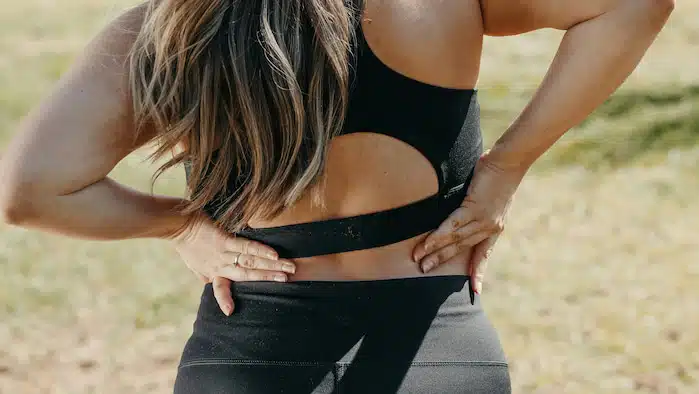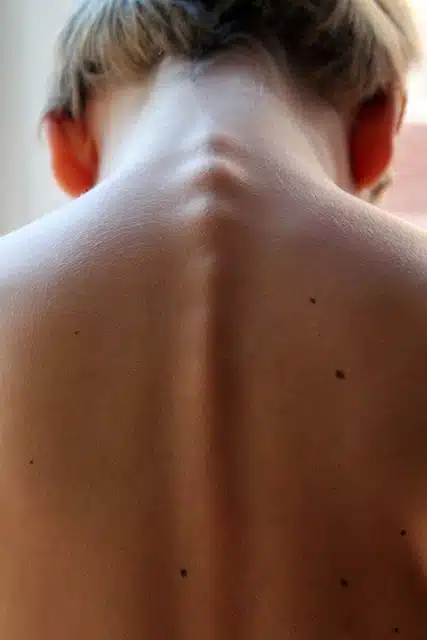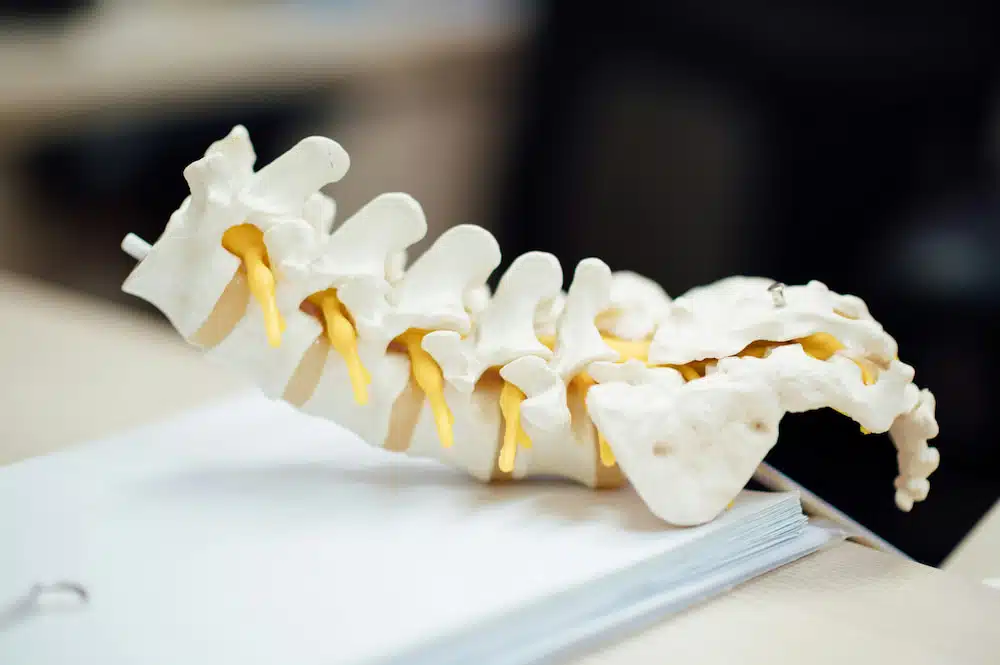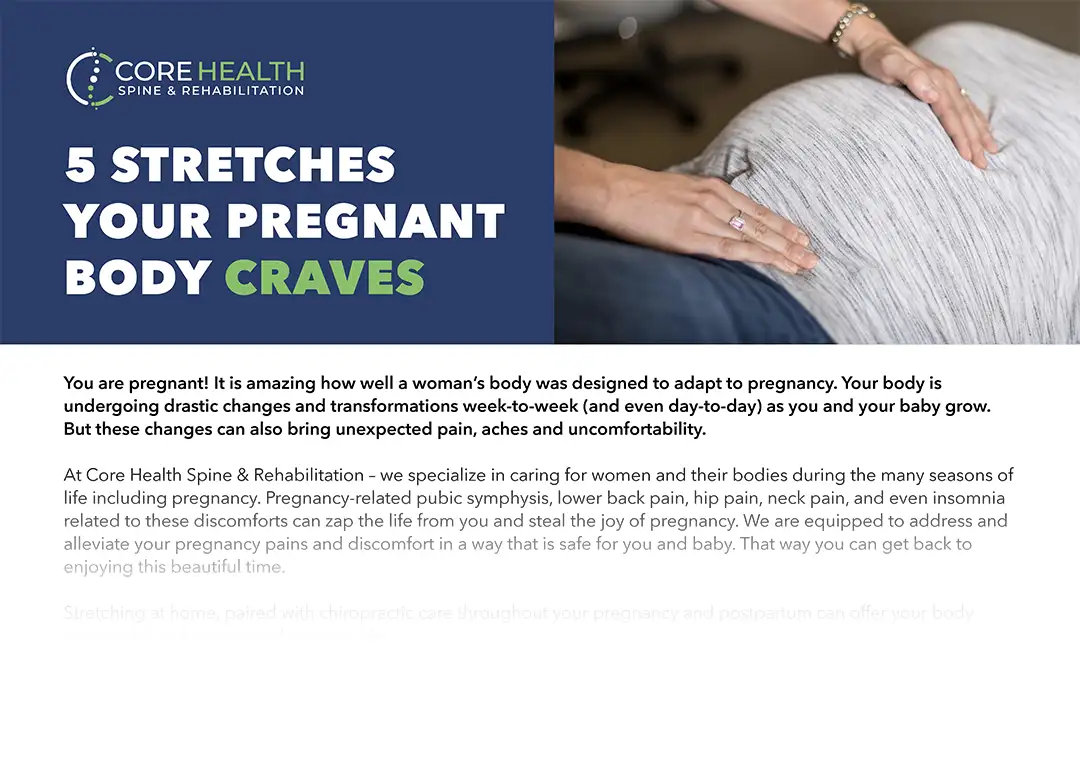What is Lumbar Spinal Stenosis: Causes, Symptoms and Treatments

Lumbar spinal stenosis involves the narrowing of the spinal canal in the lower back. It is a degenerative condition often associated with aging, affecting approximately 11% of older Americans.
Treatment options vary per case, so it’s important to understand the specifics of this condition. This blog will explore the causes and symptoms of lumbar spinal stenosis, as well as nonsurgical treatments for spinal stenosis that can provide relief and improve the quality of life for those affected.
Causes and Symptoms of Lumbar Spinal Stenosis

Causes
Spinal stenosis may be acquired or congenital.
The former is more common. You may acquire spinal stenosis as you age and your spine degenerates or as a result of an injury.
Causes of acquired spinal stenosis include the following:
- Bone Spurs. Bone spurs may form along the spinal canal as cartilage breaks down from wear and tear and bones begin to rub against each other.
- Thickened Ligaments. Inflammation in the joints between your vertebrae can cause ligaments—the connective tissues holding your spine together—to thicken over time and encroach on your spinal canal.
- Herniated Disk. When the vertebral disk—the cushion between your vertebrae—breaks, it can press against nearby nerves. This pressure can inflame and compress the spinal canal.
- Spinal Injuries. Traumatic events can damage the structures of the spine, pressing on the spinal canal and causing it to narrow.
Spinal stenosis may also be congenital, though it’s less common than acquired causes. When the spine does not form correctly during fetal development or when genetic conditions affect bone growth, the baby may have spinal stenosis from birth.
Symptoms
Spinal stenosis often progresses gradually, making it asymptomatic for some time despite being visible on imaging tests like X-rays. Symptoms may vary among patients and may include the following:
- Lower back pain that may extend to the buttocks and one or both legs
- Numbness or tingling in the legs and/or feet
- Increased pain when standing or walking, relieved with sitting or leaning forward
Types of Lumbar Spinal Stenosis
Spinal stenosis has three types according to the location.

Central canal stenosis occurs when the narrowing happens in the central part of the spinal canal, which houses the spinal cord and a collection of nerve roots called the cauda equina. Patients with stenosis in the central canal have the classic symptoms: lower back pain, buttock and leg pain, numbness and tingling, and pain when walking.
Lateral recess stenosis happens in the lateral recess, where the nerve roots branch out from the spinal cord before exiting through the foramina.
Compared to the intermittent pain experienced in central canal stenosis, the pain associated with lateral recess stenosis is often radicular—it follows the path of the affected nerve. It even persists when resting or sleeping; coughing or lifting something heavy can also make it worse. The patients also tend to be younger, typically in their 40s.
Foraminal stenosis happens when the narrowing in your spine inflames a nerve coming out of a neural foramen. Foraminal stenosis can occur anywhere in the spine. Research shows that two in five people have foraminal stenosis in the lumbar spine by age 60.
Diagnosis
In diagnosing lumbar spinal stenosis, a healthcare professional will first ask about your symptoms and medical history. Then, they will perform a physical exam, pressing different areas of your back and having you move in certain directions to locate pain points.
They will also have you undergo imaging tests to see the location and extent of the stenosis. The tests may include the following:
- X-rays of your lumbar spine can show bone spurs or disk herniation.
- MRI can generate detailed, cross-sectional images of your spinal cord, disks, and nerves.
- Patients who can’t have an MRI can have a CT scan instead.
Nonsurgical Treatment Approaches
Most cases of spinal stenosis do not require surgery. They are manageable with at-home care if the symptoms are mild; otherwise, a healthcare professional will recommend a combination of conventional and complementary treatment options.
Pain Medication

Doctors may prescribe over-the-counter or prescription painkillers to relieve pain and inflammation. Be sure to adhere to the prescribed dosages to avoid dependency or side effects.
While effective, pain medications aren't a long-term fix. They only manage the symptoms and don't treat the root causes of lumbar spinal stenosis. This is where complementary modalities come in.
Physical Rehabilitation
Physical rehabilitation can be highly effective in managing spinal stenosis symptoms. It can help reduce pain, improve posture, and prevent further deterioration of the spine.
A physical therapist will guide you through exercises that strengthen the muscles supporting your spine, improve flexibility, and enhance overall mobility. These exercises typically focus on posture correction, core strengthening, and hamstring flexibility.
Chiropractic Care
Chiropractic care treats musculoskeletal disorders through manual manipulation of the spine. For patients with spinal stenosis, chiropractic care can improve spinal alignment and reduce nerve irritation. It is important to consult a licensed chiropractor with experience in treating spinal stenosis to ensure safe and effective care.
Massage Therapy
Massage therapy can be a valuable complementary treatment for spinal stenosis. It involves manipulating the soft tissues, such as muscles, tendons, and ligaments, to relieve tension and improve circulation. Techniques such as myofascial release and Swedish massage can help alleviate pain and promote overall relaxation in patients with lumbar spinal stenosis.
Epidural Steroid Injections
Epidural steroid injections deliver corticosteroid medication near a compressed nerve in the epidural space between the spinal cord and vertebral canal. Corticosteroids are potent anti-inflammatory drugs. Injected around the affected nerve, they reduce pain and swelling.
Your healthcare provider will determine how often you should get a shot. Generally, you can only get a maximum of three shots in a year, with a three-month waiting period between each shot. People who receive multiple shots are at a higher risk of developing osteoporosis.
Combining Treatment Modalities
A multimodal approach to treatment leverages the strengths of various nonsurgical treatments. Together, these treatments create a synergistic effect, enhancing the overall effectiveness and providing more substantial relief than any single treatment alone.
For example, pain medication can offer immediate relief, allowing patients to participate more fully in physical therapy. Physical therapy, in turn, strengthens the muscles supporting the spine, improving overall stability and reducing the likelihood of future pain. Chiropractic care can correct spinal alignment, alleviating pressure on nerves, while massage therapy can further reduce pain and promote relaxation.
Personalizing a multimodal treatment plan is still essential because each patient’s experience with spinal stenosis is unique. Factors such as the severity of symptoms, lifestyle, and overall health determine the most effective combination of treatments. Patients should work closely with their healthcare providers to develop a tailored plan that meets their specific needs.
Reclaim Your Life from Lumbar Spinal Stenosis
Lumbar spinal stenosis can interfere with your life. Fortunately, various treatment options are available and can be integrated to address different aspects of your condition.
At Core Health Spine and Rehabilitation, we take a multimodal and conservative approach to treating spinal conditions, including stenosis. Our treatment options include chiropractic care, physical rehabilitation, and pain management. We will work closely with you to develop a treatment plan that suits your needs and preferences.
Let us help you eliminate pain and discomfort. Schedule an appointment today!



